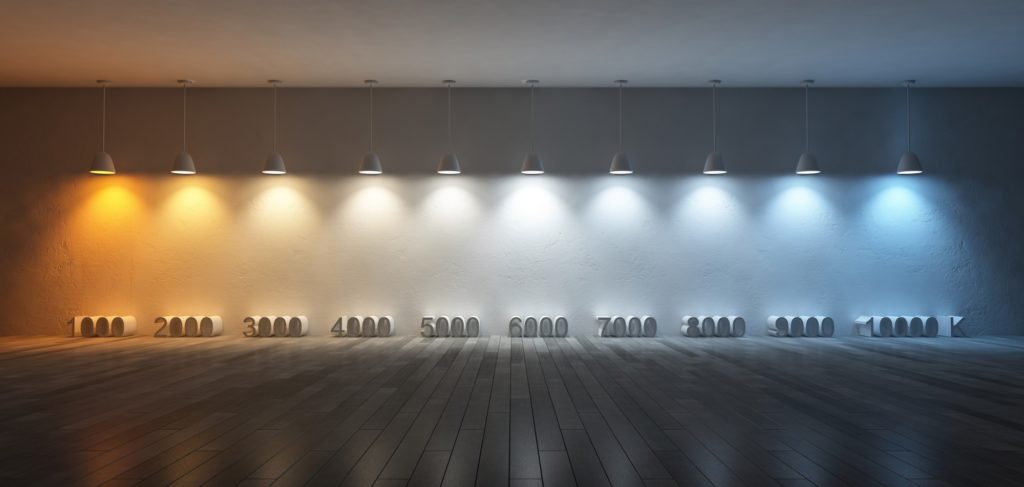Picking out a lightbulb is not as easy as it used to be. We would just find the wattage we wanted, decide if we wanted 4 or 8 and off we went. But with the introduction of LED bulbs, came color variations and wattage comparisons that could be a little confusing.
Here are some tips that can help you pick the proper LED bulb for your home.
Lumens
If you’re buying a bulb these days, you’ll be left in the dark if you don’t know what a lumen is. The actual definition gets a bit complicated, but all you really need to know is that lumens are units of brightness. The more lumens a bulb boasts, the brighter it will be. So, how does this information help you?
If you look at LED bulbs, you’ll see that most all of them are marketed as “replacements” for incandescent bulbs of specific wattages. You’ll probably see the word “equivalent” used. Relying on these wattage equivalencies on the front of the box can lead you to buy a bulb that ends up being far too dim or too bright for your needs.
This is where understanding lumens really comes in handy. With lumens listed on each and every bulb, you’ll always have a concrete comparison of how bright any two bulbs actually are. The bigger the lumen count, the brighter the bulb — easy enough, right?
OK, so how many lumens do I need?
Over the last century, we’ve been trained to think about light purely in terms of wattages, so it isn’t surprising that most people really have no idea of how many lumens they actually need in a bulb. Until you form an idea of how bright is bright enough for your tastes, stick with these figures:
Replacing a 40W bulb: look for at least 450 lumens
Replacing a 60W bulb: look for at least 800 lumens
Replacing a 75W bulb: look for at least 1,100 lumens
Replacing a 100W bulb: look for at least 1,600 lumens
Color temperature
After lumens, the next concept you’ll want to understand is color temperature. Measured on the Kelvin scale, color temperature isn’t really a measure of heat. Instead, it’s a measure of the color that a light source produces, ranging from yellow on the low end of the scale to bluish on the high end, with whitish light in the middle.
An easy way to keep track of color temperature is to think of a flame: it starts out yellow and orange, but when it gets really hot, it turns blue.
Generally speaking, old school incandescent bulbs sit at the bottom of the scale with their yellow light, while CFLs and LEDs leaned toward the high, bluish end of the spectrum. This was a steady complaint about new lighting alternatives, as many people prefer the warm, familiar, low color temperature of incandescents. Manufacturers have listened, though, and now LEDs are available in a variety of colors. If you’re confused, just remember to check that Lighting Facts label. For warm, yellowy light, look for 2,700 K. For hotter, bluish-white light, go with anything above 5,000 K. Anything in between will likely be more neutral and closer to pure white.

